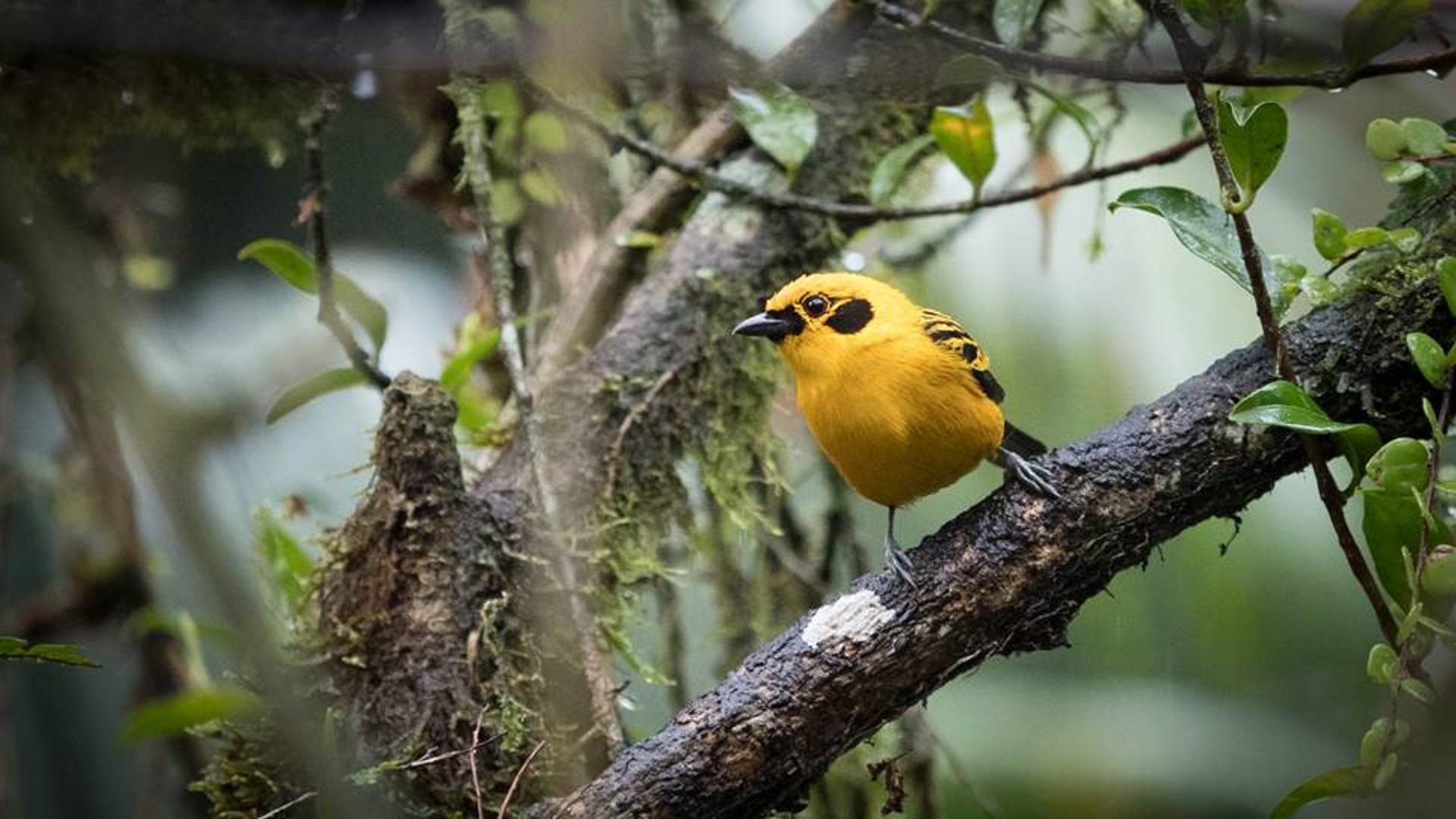Facts about Ecuador
Ecuador (formally the Republic of Ecuador) is a state in north western South America. As the name implies, the equator goes straight through the northern part. It borders Colombia and Peru.
Population: Approximately 16.8 million. The largest group, about 55% are Mestizos, that is people of Native American and European origin and about 25% are Indians. The capital Quito has about 1.8 million inhabitants
Area: 283,560 km2
Capital: Quito.
Highest point: Chimborazo, 6310 meters above sea level.
Government: Republic
Language: The official language is Spanish, but the indigenous population speaks "Quitchua", a language which until recently had no written language.
Religions: 69% profess the Roman Catholic Church. In addition, there are also Protestant evangelists, Jehovah's Witnesses, Mormons, and a minority Muslims.
WILDLIFE
The biodiversity in Ecuador includes 1500 species of birds, 300 species of mammals, 4 500 species of butterflies, 350 species of reptiles and more than 600 species of freshwater fish.
GEOGRAPHY
The capital Quito has about 1.4 million inhabitants, is situated in a valley 2800 meters above sea level. The height can influence people arriving from the sea level, so be sure to take it extra careful in the beginning.
Cajas National Park is located 30 km west of Cuenca at an altitude between 3100 and 4450 m above sea level. The 19 Galapagos islands are located in the Pacific Ocean, right on the equator, nearly 1000 km off the coast of Ecuador.
CLIMATE
Weather and temperature varies in different parts of Ecuador and in the different parts we visit. Therefore, one should consider the following when packing the luggage:
Quito: The city has a fairly constant cool climate due to its elevation. The average temperature during the day is +19 °C, which generally falls to an average of +10 °C at night.
Galapagos: The period we visit these islands can best be described as the cool season (June to November). It is cooler and drier with temperatures around +20-27°C during the day and with cooler mornings and evenings.
Cuenca: It can be cold and especially when we get even higher up in the highlands where the temperature can go down to +5 °C.
TIME
UK is 5 hours ahead of Ecuador (GMT -5)
CURRENCY
In 2000 USD replaced the Ecuadorian currency, Sucre, to create economic stability.
IMPORTANT DATES – GALAPAGOS
9 million years B.C. The first islands of the group are rising out of the sea, even though most are born much later.
1535 Bishop Tomas de Berlanga discovers the Galapagos islands (by mistake).
1600’s Pirates start using the islands as a base where they bunker food and water and, perhaps, to hide treasures.
1790’s Whalers start using the islands as a base for whaling.
1794 The first post office opens on the island. The “post office” consists of a wooden barrel where you leave and pick up mail.
1830 Ecuador gains independence and a colony of convicts is established in Galapagos.
1835 The young biologist Charles Darwin explores the islands.
1869 The first village, Progresso, is established.
1924 William Beebe publishes Galapagos – World’s End, which inspires the first eco tourists to visit the islands.
1959 Ecuador’s government declares Galapagos a national park.
1960 A research station is established in Puerto Ayora.
1964 This research station turns into” the Charles Darwin Research Station”.
2005 Last eruption of the Sierra Negra volcano.
2015 Wolf, the volcano on Isabela had its first outbreak in 33 years.

